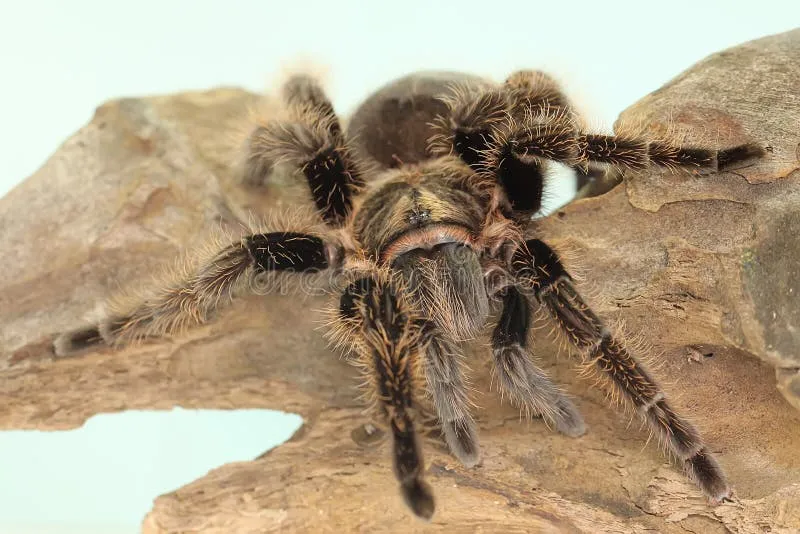Tarantula Hawks Aggression Towards Humans
Tarantula hawks, with their intimidating size and potent sting, are a subject of both fascination and fear. Understanding their level of aggression towards humans is crucial for anyone who might encounter these insects. While they possess a formidable reputation, tarantula hawks are generally not aggressive unless provoked. Their primary focus is on hunting tarantulas, their spider prey, and they typically avoid conflicts with humans. However, their defensive nature means they will readily sting if they feel threatened, making it important to understand their behavior and how to avoid unwanted interactions. The key takeaway is that while they can be dangerous, they are not inherently seeking out trouble with humans.
Understanding Tarantula Hawk Behavior
To effectively avoid being stung by a tarantula hawk, understanding their behavior is essential. These wasps are solitary creatures, and the females are primarily focused on the hunt for tarantulas, which they paralyze with their sting before using them as hosts for their eggs. The males are less involved in this process, focusing more on finding mates. Tarantula hawks are most active during the day, especially in sunny conditions. They are not social insects, so you won’t typically find them in swarms, which reduces the chances of multiple stings. Knowing their daily routines and preferred habitats can help you anticipate and avoid them.
Factors Influencing Aggression
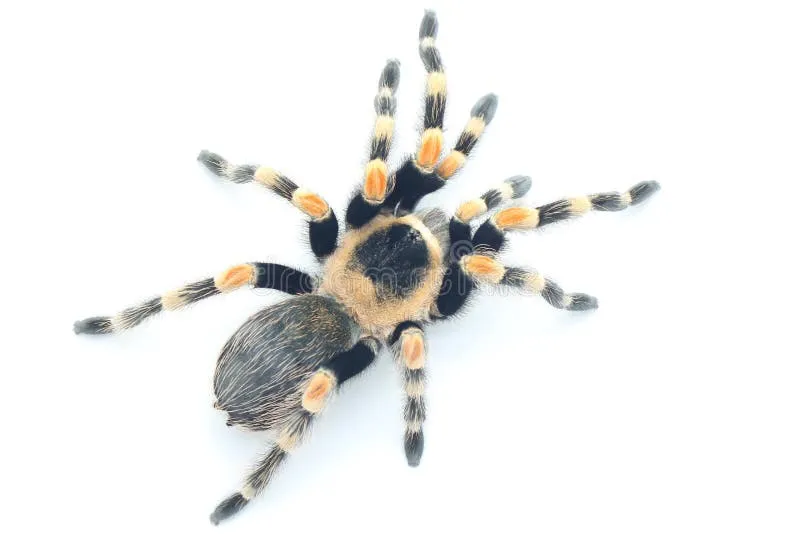
Several factors can influence a tarantula hawk’s level of aggression. The most significant trigger is perceived threat. Any sudden movements, attempts to capture or harm them, or close proximity can cause them to react defensively. Environmental conditions, such as being trapped or cornered, can also heighten their defensiveness. Furthermore, the time of year and the wasp’s life cycle might affect behavior; females may be more protective while engaged in nesting. Awareness of these factors can assist in preventing confrontations. For example, avoid areas with tarantula hawk activity, especially if you are wearing bright colors or making sudden movements, as these can be interpreted as a threat.
The Tarantula Hawk’s Sting What Makes it Hurt
The sting of a tarantula hawk is infamous for its excruciating pain, often described as among the most painful insect stings in the world. This pain is caused by the venom injected during the sting, which affects the nervous system. Unlike many other insect stings, the pain from a tarantula hawk sting is not immediately intense but builds rapidly and can last for several minutes, sometimes even hours. The intensity of the pain is a defense mechanism, meant to deter predators and prevent further attacks. While the pain is severe, the venom is not usually life-threatening to humans, but the experience is undoubtedly unforgettable.
Minimizing the Risk of Being Stung
The best approach to avoid being stung by a tarantula hawk is prevention. Being aware of their presence and behavior is the first step. When in areas known to have tarantula hawk activity, wear long sleeves and pants to protect your skin. Avoid making sudden movements, as this can startle them. Refrain from swatting at them, as this is almost guaranteed to provoke a defensive response. If a tarantula hawk lands on you, remain still and let it move on its own, the wasp will likely leave once it realizes that you are not a threat. These steps can significantly lower your risk of a painful encounter.
Avoiding Encounters with Tarantula Hawks
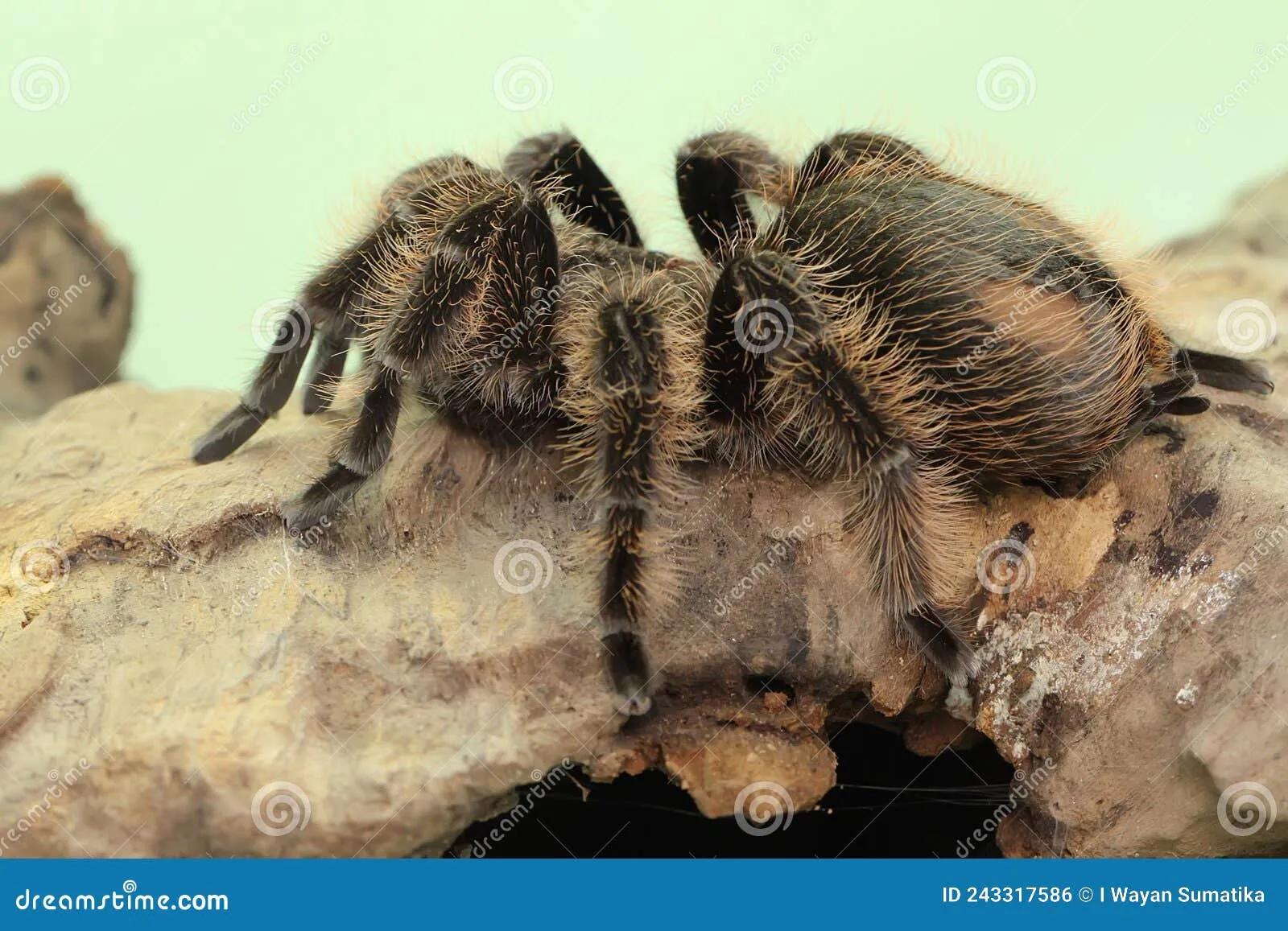
To minimize the chance of encountering tarantula hawks, being informed about their habits and habitats is key. These wasps prefer arid and semi-arid environments, often inhabiting deserts and grasslands where tarantulas are plentiful. They are also frequently found in areas with flowering plants, as they feed on nectar. If you’re hiking or working outdoors in regions known for these wasps, be cautious. Stay on marked trails and avoid tall grasses and shrubs where they might be hunting or nesting. It’s best to avoid wearing scented products or bright clothing as these can attract insects. By following these steps, you can greatly reduce the likelihood of an unwanted meeting.
Recognizing Tarantula Hawk Habitats
Identifying the habitats of tarantula hawks can help in avoiding them. They are most commonly found in the southwestern United States and parts of South America, where their primary prey, tarantulas, are prevalent. Look for open, sunny areas with sandy or loamy soil, suitable for tarantula burrows. They often frequent areas with sparse vegetation and flowering plants, such as cacti and other desert flora, which provide nectar. You might see them actively hunting near these plants. If you’re planning outdoor activities in these regions, research the specific areas for known tarantula hawk activity.
Safe Practices When Around Tarantula Hawks
If you find yourself in an area where tarantula hawks are active, follow safety precautions to minimize risks. Maintain a safe distance from the wasps, ideally several feet. Avoid making any sudden or erratic movements that could be perceived as a threat. If a tarantula hawk is nearby, remain calm and observe it from a distance. Do not try to handle or touch them, and never attempt to capture or kill one. If you are hiking, consider wearing closed-toe shoes and long pants. It is also beneficial to bring a basic first-aid kit containing antihistamines or pain relievers in case of a sting. By implementing these safe practices, you can enjoy the outdoors while minimizing your chances of a sting.
First Aid for Tarantula Hawk Stings
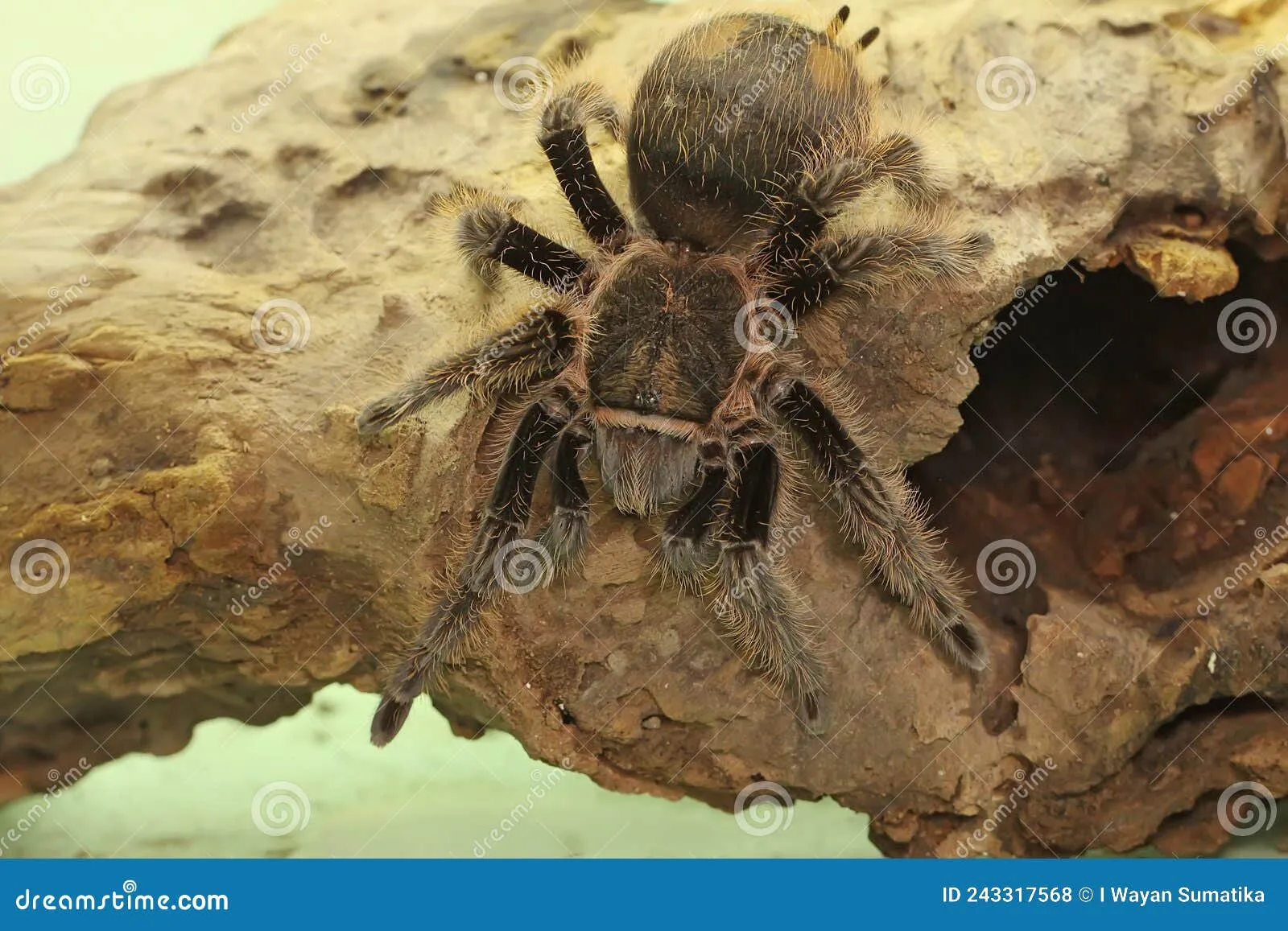
Should you be stung by a tarantula hawk, the first steps involve immediate care to manage the pain and prevent further complications. Immediately move away from the area to avoid additional stings. Apply ice packs to the sting site to help reduce pain and swelling. You can use over-the-counter pain relievers, such as ibuprofen or acetaminophen, to manage the pain. Antihistamines may help if you experience any allergic reactions, but reactions are rare. Closely monitor the stung area for any signs of infection, such as increased redness, swelling, or pus. If the pain is exceptionally severe or if you show signs of an allergic reaction, seek medical attention immediately.
Symptoms of a Tarantula Hawk Sting
The symptoms of a tarantula hawk sting are primarily characterized by intense pain. The pain typically peaks within minutes and can last for several hours. The sting site will likely become red, swollen, and hot to the touch. While the pain is the most prominent symptom, some individuals may experience secondary effects. These can include localized swelling around the sting area, dizziness, and in rare cases, nausea. Allergic reactions are uncommon but can occur, causing symptoms such as difficulty breathing, hives, or swelling of the face, lips, or tongue. If you experience any of these severe symptoms, it is important to get immediate medical care.
Treating a Tarantula Hawk Sting
Treating a tarantula hawk sting primarily focuses on pain management and symptom relief. After applying ice and taking over-the-counter pain relievers, you can consider other methods. Some people find relief by applying a paste of baking soda and water to the sting area, which can help neutralize the venom. Soaking the sting in warm water can also help to alleviate the pain. Avoid scratching the sting site, as this can increase the risk of infection. If you experience severe pain or other concerning symptoms, seek medical attention. A doctor may prescribe stronger pain medication or antihistamines if an allergic reaction is suspected. The severity of the sting can be reduced by taking the proper steps.
Frequently Asked Questions About Tarantula Hawks
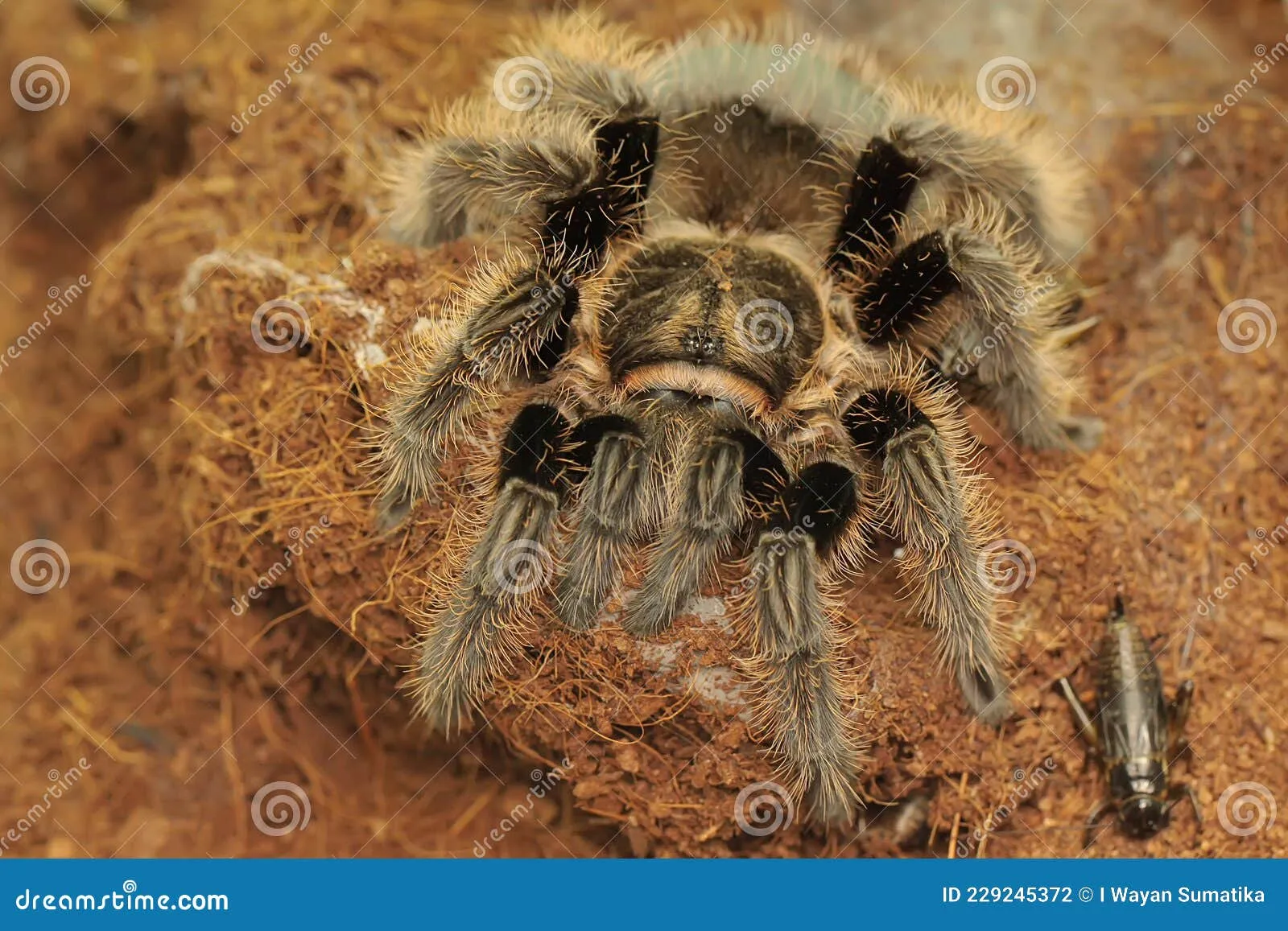
Several questions are often asked regarding tarantula hawks. Among the most common is, ‘How dangerous is the sting?’ While painful, the sting is usually not life-threatening. Another common question is, ‘How can I identify a tarantula hawk?’ These wasps are large, with a dark, often iridescent, body and long legs, with wings that are typically a rusty orange or black color. Finally, ‘What do they eat?’ Tarantula hawks feed on nectar and pollen and, most importantly, paralyze tarantulas to use as hosts for their larvae. Being informed about these details can make your outdoor experiences much safer, improving your overall knowledge and safety.
